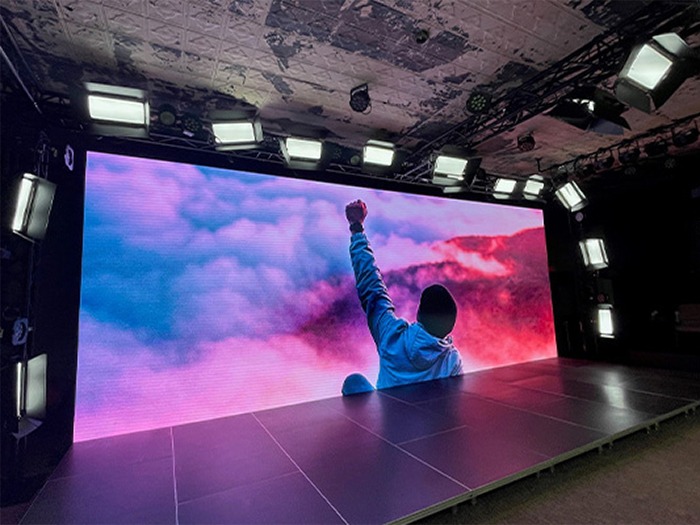Examining the Diverse Integration Options Available for Light Emitting Diode Display Panels
Examining the Diverse Integration Options Available for Light Emitting Diode Display Panels
Blog Article
LED display panels have gained traction for their capacity to deliver crisp imagery in multiple settings, from professional environments to entertainment venues. One of the most significant aspects of these systems is their interface capabilities, which allow users to connect them to multiple devices and systems. Understanding the diverse input options available for LED wall panels is essential for maximizing their use and effectiveness. This article details these options, highlighting how they can adapt to specific needs and preferences.
One frequent connection method for LED wall panels is High-Definition Multimedia Interface. HDMI is broadly recognized for transmitting crisp video and audio signals between devices. This interface type is especially useful in commercial environments, such as meeting spaces or classrooms, where visual content or video content are often displayed. By using HDMI cables, users can easily connect laptops, projectors, and streaming equipment to LED wall panels, guaranteeing a sharp and dynamic display of information.
Another popular interface method is Display Port, which is similar to HDMI but offers enhanced benefits. DisplayPort can support higher refresh rates and resolutions, making it an excellent choice for interactive media or graphic-intensive applications. For those using Light Emitting Diode wall panels in environments where performance is critical, such as esports arenas or creative workspaces, Display Port can provide the necessary visual clarity. Moreover, many contemporary computers and graphics cards feature DisplayPort connections, making it a convenient solution for technology-oriented professionals.
In contrast to HDMI and DisplayPort, wireless transmission methods are becoming increasingly common in Light Emitting Diode wall panel solutions. Cable-free connections allow users to transmit content without the need for physical cables, promoting a streamlined and more flexible setup. Technologies such as Wi-Fi and short-range communication this link allow users to link smartphones, tablets, and laptops directly to LED wall panels without tangled wires. This convenience is especially beneficial in dynamic settings like exhibitions or live functions, where rapid adjustments to displays are often required.
For larger installations or more complex setups, LAN integration through Ethernet is another viable solution. Wired links provide a stable and reliable way to connect multiple Light Emitting Diode wall panels within a system. This approach is suitable for digital signage applications found in shopping malls or airports, where numerous panels may need to display synchronized content across a broad area. By using network cabling and routing hardware, users can ensure that all connected panels receive consistent data and content efficiently.
Finally, it's crucial to evaluate the evolution of interface technology with advancements such as USB-C and Thunderbolt 3. These newer connection types offer increased data transfer speeds and versatility by allowing one cable to handle both power delivery and data transmission. As more devices adopt these protocols, LED wall panels equipped with USB-C ports will likely become more common. This evolution in connectivity not only enhances the functionality of LED wall panels but also aligns with the growing trend of minimalism in technology setups by reducing the number of wires required.
In conclusion, exploring the broad blog interface methods accessible for Light Emitting Diode wall panels reveals many possibilities for users across various fields. From conventional approaches like HDMI and DisplayPort to modern cordless solutions and network connections, each option serves unique functions tailored to specific needs. Additionally, emerging technologies like USB-C promise further developments in how professionals utilize Luminescent Diode wall panels. By understanding these connectivity alternatives, end-users can make strategic decisions that enhance their overall experience with these versatile display tools.